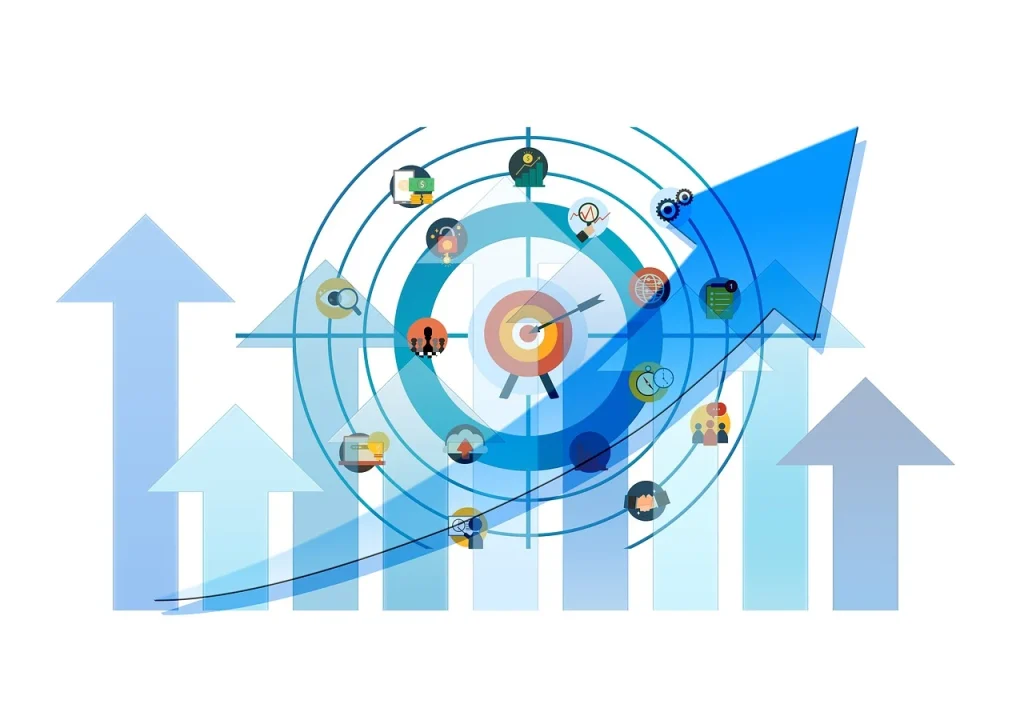Excludable goods
- An excludable good is an item or service that’s not freely available. This type of good has set limitations for those who can benefit from it, such as items that are only accessible to paying customers.
- Sellers can deny access to these goods unless consumers pay for them.
- Example-cinema Hall ticket, electronics, clothes
Non-excludable goods
- A non-excludable good is an item anyone can consume without directly paying for it. Many non-excludable goods are built and maintained through public funds.
- Examples include public infrastructure, like roads, bridges, power grids and water drainage systems, Traffic signs, public parks, etc
Rivalrous Goods:
- These are goods where consumption by one person reduces the amount available for others.
- Examples include food items like apples, clothing items like shoes, and electronic devices like smartphones. If one person eats an apple or wears a pair of shoes, less of that good is available for others to consume.
Non-Rivalrous Goods:
- These are goods where consumption by one person does not diminish the amount available for others.
- Examples include public goods like street lighting, defence and digital goods like software or online content.
Public Goods:
- These goods are non-rivalrous and non-excludable. This means that when one person consumes the good, it does not reduce its availability to others, and it’s difficult to exclude anyone from benefiting.
- Examples include national defence, public parks, and street lighting. The government typically provides public goods because private markets have difficulty supplying them efficiently due to the free-rider problem

Private Goods:
- Private goods are both rivalrous and excludable. Consumption by one individual reduces the amount available for others, and preventing others from consuming them is feasible.
- Examples include consumer products such as food, clothing, electronics, and automobiles. These goods are typically bought and sold in markets.
Club Goods:
- Club goods, also known as quasi-public goods, are excludable but non-rivalrous. While individuals can be excluded from consuming them, one person’s consumption does not reduce availability to others.
- Examples include satellite TV, private parks, and toll roads. Private businesses or organisations that charge membership or subscription fees often provide these goods.
Common Goods:
- Common goods are rivalrous but non-excludable. While consumption by one individual diminishes availability to others, preventing others from using them is challenging.
- Examples include fisheries, clean air, and open-access grazing land. Common goods often suffer from the tragedy of the commons, where overuse can lead to depletion or degradation of the resource.
Consumer Goods:
- These are products purchased by individuals for personal use or consumption.
- Examples include food, clothing, electronics, and automobiles.
Producer Goods:
- Also known as intermediate goods, businesses use items to produce other goods or services.
- Examples include machinery, raw materials, and factory equipment.
Capital Goods:
- These are durable goods used by businesses to produce consumer goods or other capital goods.
- Examples include buildings, infrastructure, and technology (computer, machine, etc) used in manufacturing.
Normal Goods:
- These are goods for which demand increases as consumer income rises and demand decreases as consumer income falls.
- Examples include luxury items like high-end electronics or vacations.
Inferior Goods:
- These are goods for which demand decreases as consumer income rises and demand increases as consumer income falls.
- Examples include generic or store-brand products, used cars, and public transportation.
Giffen Goods:
- These are rare goods for which demand increases as their price rises and demand decreases as their price falls.
- Examples are scarce luxury items that become more desirable as they become more expensive.
Substitute Goods:
- These are goods that can be used as replacements for each other. When the price of one increases, the demand for the other typically increases.
- Examples include tea and coffee or butter and margarine.
Complementary Goods:
- These are goods that are typically used together. When the price of one increases, the demand for the other typically decreases, and vice versa.
- Examples include smartphones and mobile apps or printers and printer ink.
Veblen Goods
- Veblen goods are luxury items for which demand increases as the price rises, contrary to the typical law of demand.
- The value of Veblen goods is often associated with their high price, which serves as a status symbol and creates a perception of exclusivity and prestige among consumers.
- As a result, individuals may desire these goods more as their prices increase, as they are seen as desirable precisely because of their high cost rather than their intrinsic value or utility.



